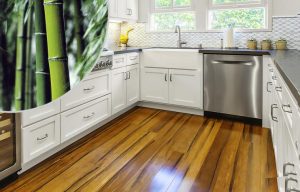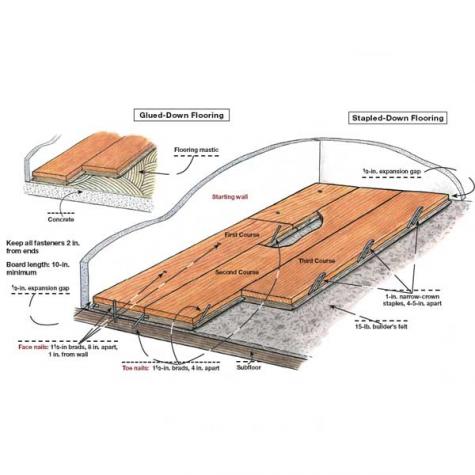While bamboo flooring is not exactly new, having been around for two decades, it might as well be. In recent years, advances in manufacturing have enhanced its performance and diversified its appearance. The major change: the introduction of superdense “strand-woven” bamboo, which can be milled into boards that are two and a half times as hard as red oak. They also can be produced in an array of wood-look styles—from the familiar, like maple or walnut, to exotic species, like tigerwood and cumaru—that are quite different from what most people associate with the material. “Strand-woven has changed bamboo’s reputation from an eco product to a major player, delivering the look and durability of Brazilian hardwoods for two-thirds the cost,” says Joel Hirshberg, president of Green Building Supply, which has been selling bamboo floors for 16 years.
Whether you’re simply looking for something a little different from what all your neighbors have or like the idea of remodeling with sustainability in mind—or just love the price—here’s what you need to know about buying and installing today’s bamboo flooring.
Read the rest HERE.

